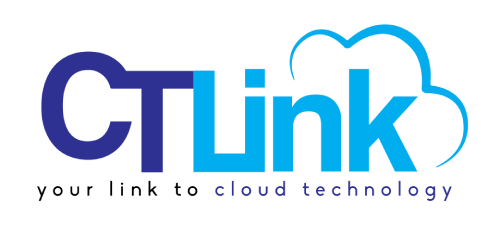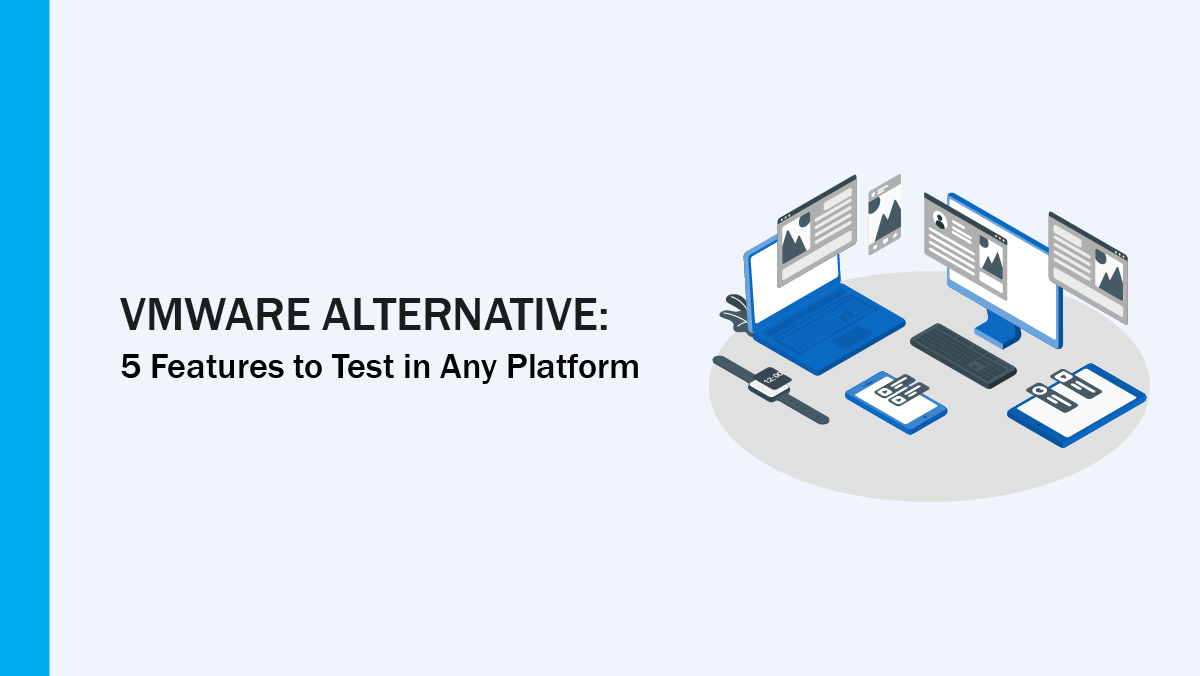For many organizations, VMware has long been the cornerstone of server virtualization, but alternatives are gaining ground—offering similar capabilities without the same licensing costs or complexity. Whether you’re supporting a mix of workloads or need greater control over licensing and support, exploring a VMware alternative means understanding the key features that keep your virtual infrastructure robust and easy to manage.
In this guide, we’ll dive into five essential capabilities any virtualization platform must deliver: unified management, seamless scaling, strong security, DevOps-friendly automation, and clear cost structures. You’ll learn simple benchmarks to test each feature in your own environment, followed by real-world examples of how SUSE Linux Enterprise Server (SLES) with KVM meets these criteria—helping you make an informed decision without per-VM license fees.
Easy Single-Console Management
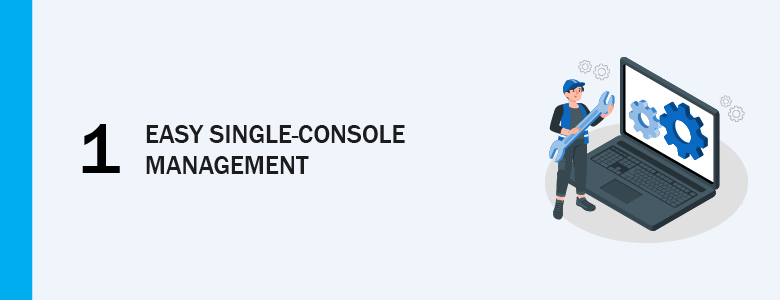
What to test: Evaluate how quickly you can spin up new VMs, deploy patches, adjust resource settings, and view system health all from one console. Ideally, a single login window and dashboard should cover end-to-end VM lifecycle tasks.
Why it matters: Switching between multiple management tools increases cognitive load, slows incident response, and raises the likelihood of missed updates. A unified interface streamlines workflows and frees up administrator time.
Benchmark tip: Time a series of operations—creating a VM, applying OS patches, resizing CPU and memory, and retrieving performance metrics—when using a single interface. Then replicate the same tasks across two or more disconnected tools to compare efficiency gains.
SLES in action: SLES offers virt-manager for desktop-based VM control and SUSE Manager for centralized, automated patch and configuration management. Together, these tools minimize context switching and allow bulk operations, saving administrators an estimated 20–30% in routine task time.
Smooth Growth and No Downtime
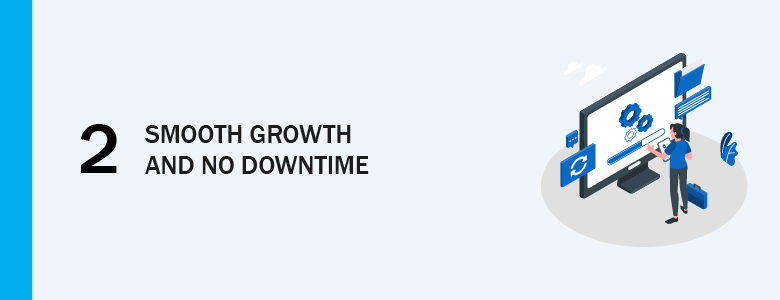
What to test: Determine how well the platform handles dynamic scaling and unplanned outages. Add a host into a running cluster under load, then simulate a node failure to see how quickly VMs migrate and services recover.
Why it matters: Modern data centers require elastic capacity to meet spikes in demand and seamless recovery to maintain SLAs. Manual interventions not only delay recovery but also introduce human error.
Benchmark tip: Record the time for live migration of several VMs during horizontal scaling, and measure automatic restart durations after simulating hardware failures. Compare these metrics to your organization’s maximum allowable downtime.
SLES in action: Leveraging KVM live migration and the High Availability Extension, SLES automatically evacuates and reschedules VMs on remaining hosts within seconds. In tests, failover recovery averaged under one minute, keeping applications online even during maintenance windows.
Solid Security and Compliance
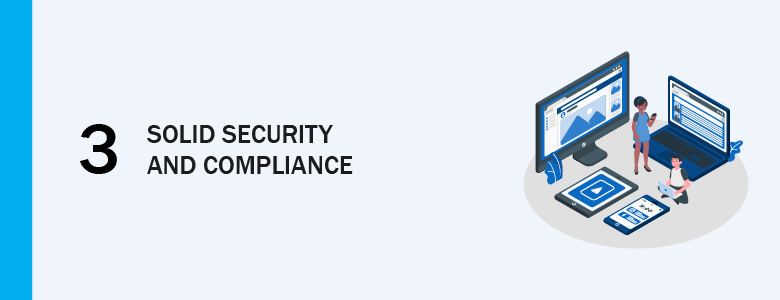
What to test: Verify that only trusted VM images can boot, that unauthorized network access is blocked, and that every action is logged for audit. Attempt to launch unsigned images or bypass firewall rules, then review the system logs.
Why it matters: Security breaches or compliance gaps can lead to data loss, regulatory fines, and reputational damage. Integrated security controls and thorough logging ensure you can detect and respond to threats quickly.
Benchmark tip: Use a tampered VM image to test Secure Boot enforcement, attempt unauthorized network traffic to validate isolation, and generate a compliance report from logs to evaluate event visibility.
SLES in action: SLES supports UEFI Secure Boot and TPM for hardware-backed trust, uses SELinux to isolate VM processes, integrates with Active Directory for granular RBAC, and logs every admin operation in SUSE Manager—streamlining forensic analysis and compliance audits.
Automation That Fits Your DevOps
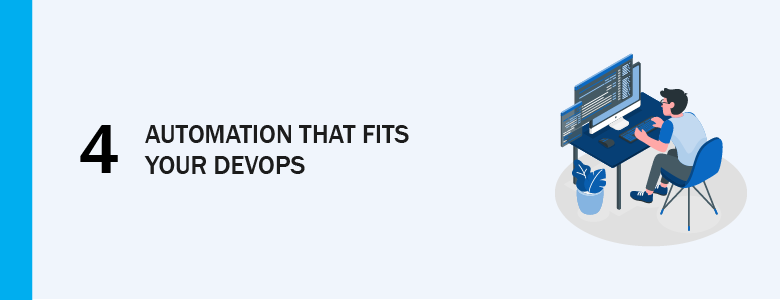
What to test: Check for robust API or CLI support that integrates with your existing CI/CD pipeline. Automate VM deployment, patching, and scaling using scripts or frameworks like Terraform or Ansible.
Why it matters: Consistent, repeatable deployments reduce manual configuration errors, accelerate release cycles, and help enforce infrastructure standards across environments.
Benchmark tip: Develop a simple Terraform or Ansible workflow to deploy a VM, configure networking, and apply updates. Track total execution time, success rate, and need for manual intervention compared to manual processes.
SLES in action: SLES provides a virsh CLI, comprehensive Ansible modules, and a SUSE Manager REST API. Teams report a 40% reduction in provisioning time when embedding VM workflows into Jenkins or GitLab pipelines, improving developer velocity.
Clear Costs and Simplified Operations
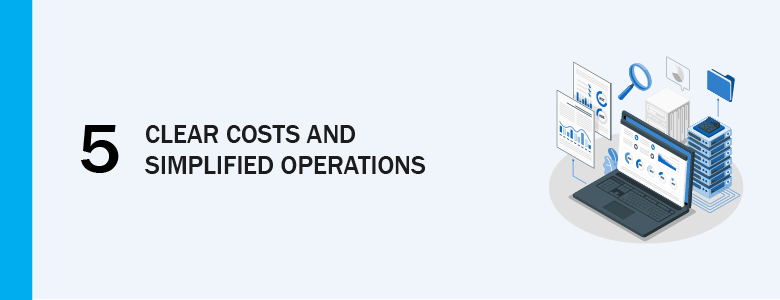
What to test: Build a three- to five-year cost model including software subscriptions, hardware purchases, support contracts, and staff training. Factor in efficiencies from automation and higher VM density.
Why it matters: Budgets and ROI depend on predictable expenses and efficient operations. Hidden fees, complex licensing, and multiple management consoles can quickly erode savings.
Benchmark tip: Compare VMware socket-based licensing, SAN hardware, and support fees against SLES subscription costs and optimized server usage. Include staff hours for tool training and maintenance to calculate true TCO.
SLES in action: With no per-VM fees and a single annual subscription for OS and hypervisor, SLES delivers transparent pricing. SUSE Manager consolidates patching, monitoring, and reporting, reducing tool sprawl and cutting operational overhead by up to 25%.
Next Steps: Explore Virtualization with CT Link
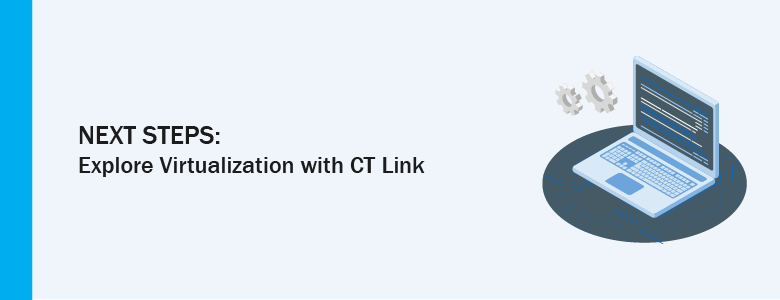
Armed with these benchmarks, you can confidently evaluate any VMware alternative. CT Link’s SLES specialists are ready to help you plan and execute these tests, interpret results, and transition smoothly—ensuring your infrastructure is secure, scalable, and cost-effective.
Reach out to CT Link to learn how SLES can power your virtualization strategy with enterprise-grade features and predictable pricing.
